
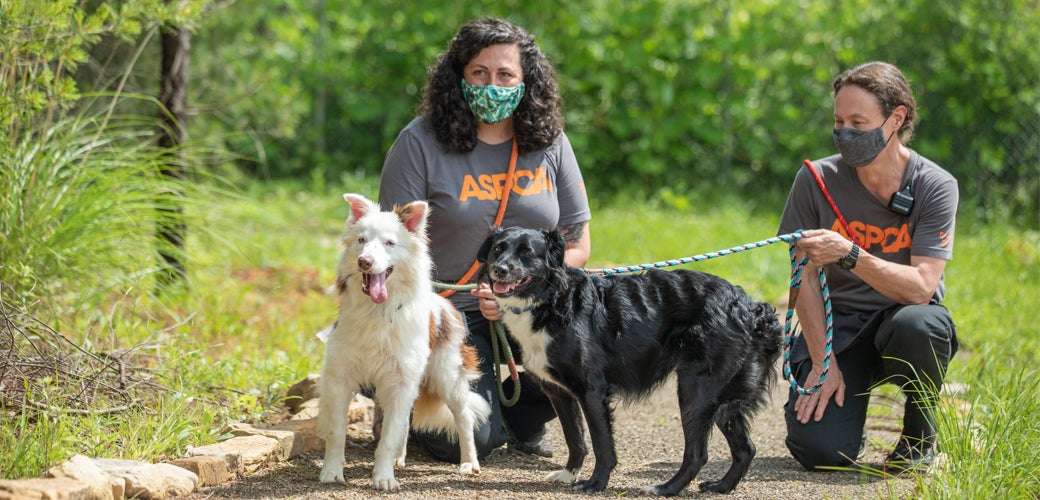
Ready to learn about one of the cutest things ever? During treatment at the Behavioral Rehabilitation Center (BRC), sometimes our fearful dogs need some extra help coming out of their shells. So, we have “helper dogs” show them the ropes.
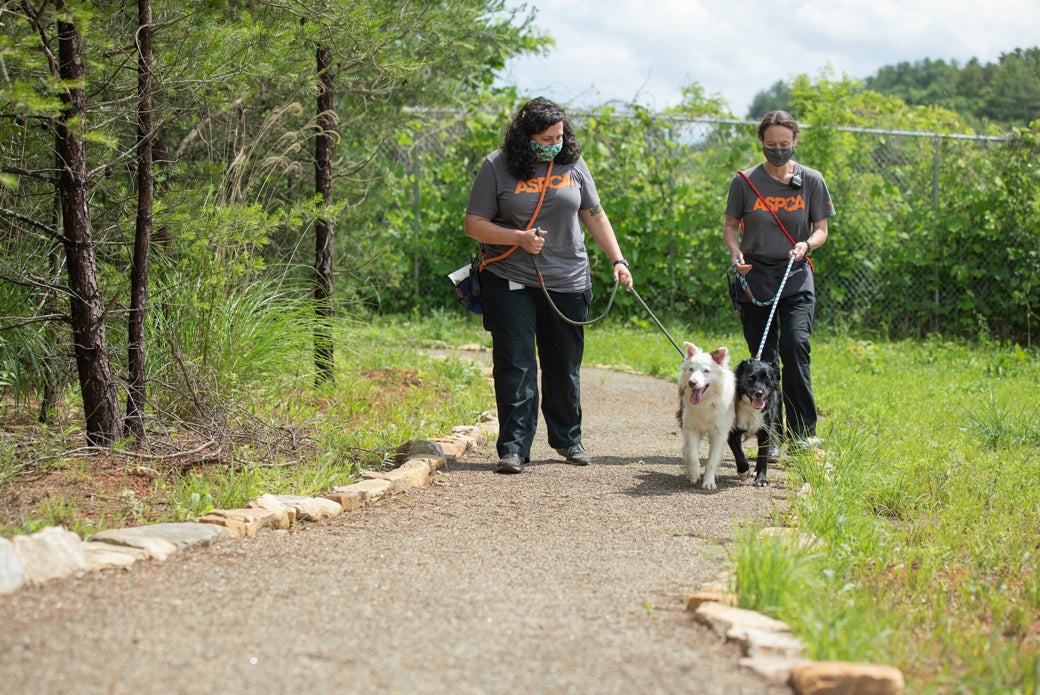
Since many of the dogs at the BRC come from situations that leave them fearful of day-to-day activities, helper dogs provide confident canine support to these fearful dogs during their treatments. This can be an important confidence booster while a dog works through our program with our Behavior experts.
Helper dogs can act as guides, showing a fearful dog how to walk on a leash, jump into a car or even how to happily engage in play. The helper dog often gives the fearful dogs the confidence and reinforcement they need to interact with people and their environment. This, in turn, helps them to feel more relaxed and allows their personalities to blossom.
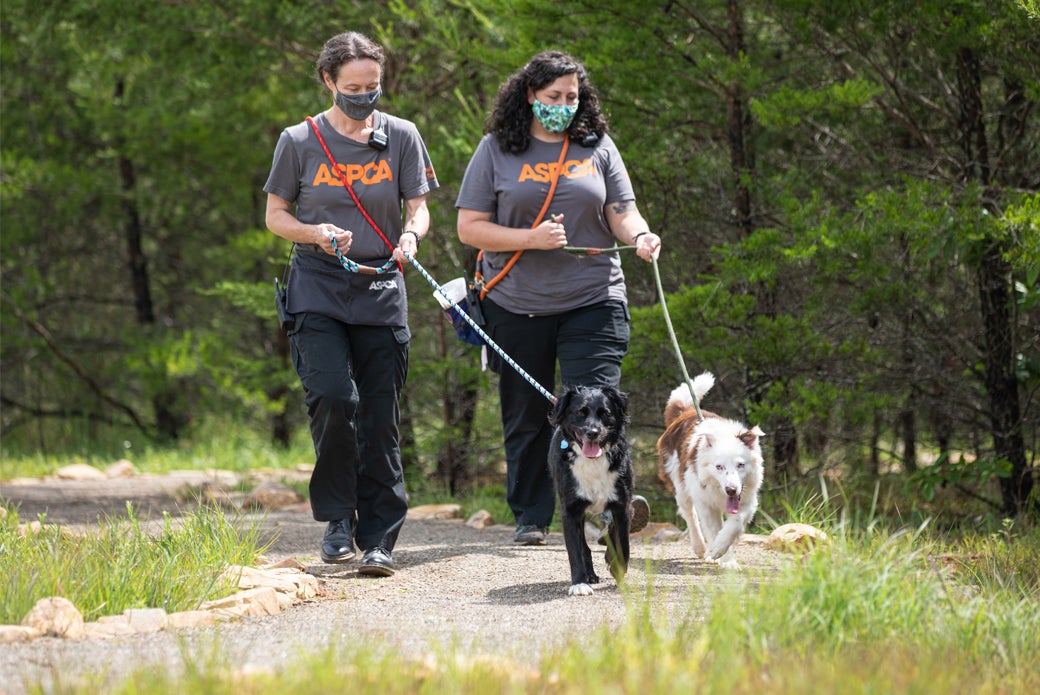
How does a dog become a helper dog?
A dog that shows confidence in a variety of situations, like going on walks, getting into a car and playing in the yard makes for the ideal helper dog. They should be comfortable with both people and other dogs. These helper dogs are often graduates of our BRC program, dogs who once struggled with fears of their own, however sometimes dogs further along in treatment but not yet graduated can serve as helper dogs as well. In some cases, the helper dogs are adopted pets of our staff, like ASPCA Behavioral Rehabilitation Specialist, Monica Body’s dog, Pocus.


Pocus was transferred to the BRC from a local rescue where her extreme fear towards people was preventing her from finding a family and limiting her chances of even living a good quality of life in a home without behavioral treatment. Prior to coming to the BRC, Pocus had escaped from her foster home twice.
“Even though Pocus was extremely fearful of people, we saw early on that she had fantastic social behavior with other dogs,” explains Monica. “She could skillfully adjust her behavior and playstyle to accommodate other dogs’ personalities.”


As Pocus went through weeks of treatment, she began getting more and more comfortable and social with the Behavior team and eventually became an “invaluable helper dog” to many of the more fearful dogs in treatment.
“Seeing how special of a dog Pocus is, I just couldn’t let her go,” remembers Monica. “After she graduated our Rehab Center program, I adopted her into my home. Pocus now comes regularly to the BRC and has been a helper dog for a great number of the dogs who have graduated our program.”


What does a typical day look like for a helper dog?
The day-to-day activities of a helper dog like Pocus varies on the dog’s personality and the treatments planned for the day. A helper dog may be used in one or multiple 15-minute treatments in a day. In these treatments, the helper dog’s role varies depending on the fearful dog’s needs.
“The helper dog may need to act as a playmate to encourage a fearful dog to relax and explore their environment,” explains Monica. “They may act as a lure or guide for the fearful dog to follow as they learn to navigate walking on a leash. At times the helper dog’s role may even be simply to lay quietly and eat treats, which can often encourage an extremely fearful dog to eat in our presence for the first time.”

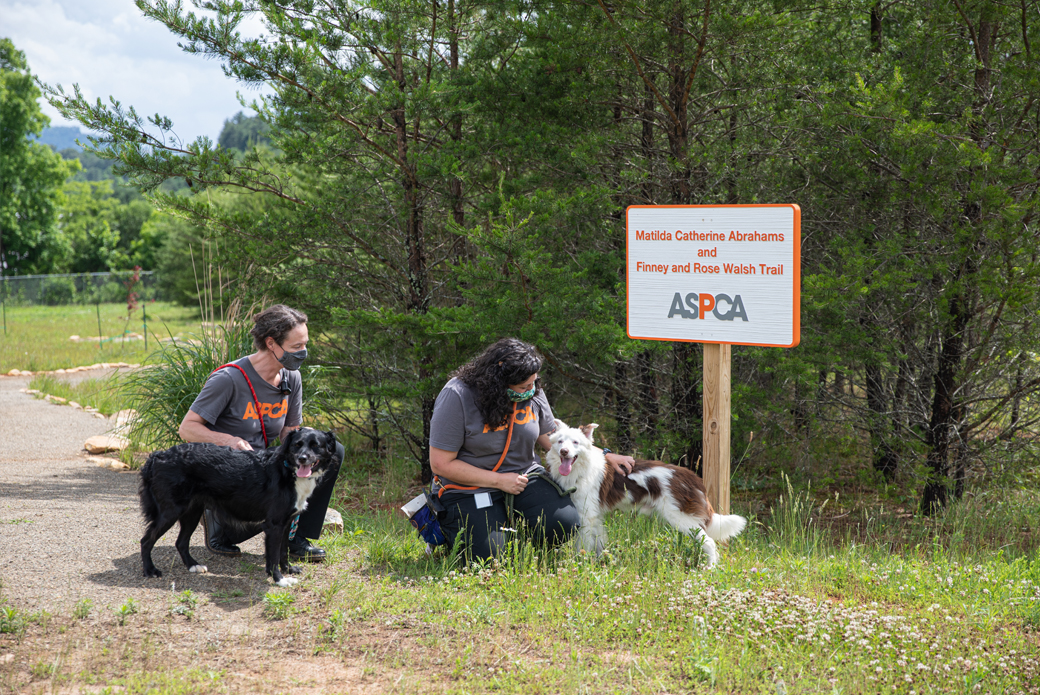
Between treatments, helper dogs like Pocus will relax in the office while other helper dogs who have gone through treatment, graduated and are now awaiting placement, will join fellow graduates for activities like play groups, nose work or even an obstacle class.
It’s incredible to see a fearful dog not only graduate our program but continue to help other dogs as they recover and learn to experience the real world confidently. Our helper dogs provide a critical (and adorable) service at the BRC that has become an integral part of how we treat fearful animals. Dogs like Pocus, Lily Jane, Bart and so many others make the work we are committed to for animals in need, so rewarding.

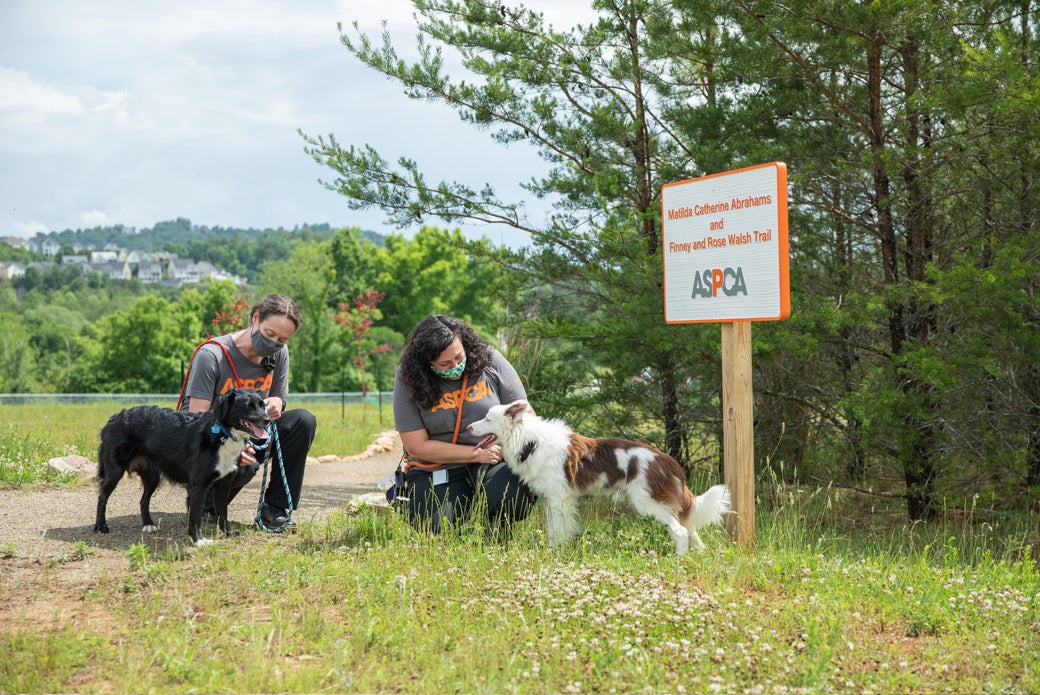
Looking to adopt an adorable graduate from the BRC? Check out their profiles!
Source: Read Full Article



